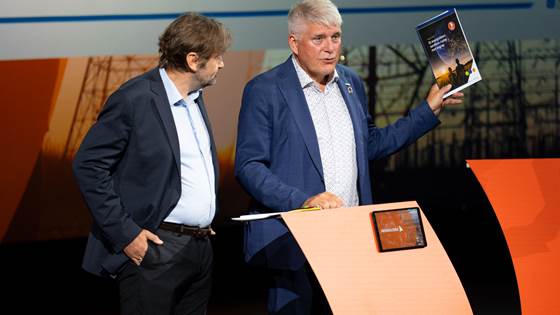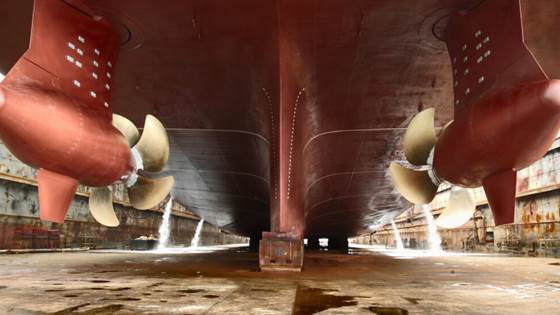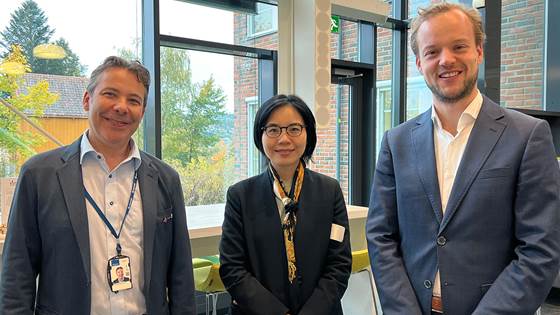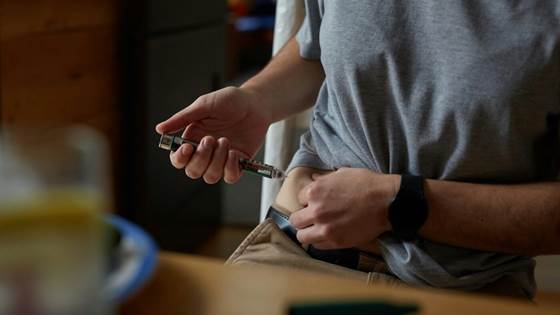
Developing Smarter Equipment for European Soldiers
At a time when technological innovation and European defense cooperation are more important than ever, the ARMETISS project is in full swing, developing the next generation of soldier systems.

At a time when technological innovation and European defense cooperation are more important than ever, the ARMETISS project is in full swing, developing the next generation of soldier systems.

Premature babies are particularly susceptible to strong sensory impressions and high sound levels from the incubator. Now researchers will look at what can be done to protect children’s hearing and development.

How will Norway position itself in relation to Europe’s new industry policy for net-zero technologies? A key focus of the 2025 gigaCCS Consortium Days was the EU’s Net-Zero Industry Act (NZIA), and the impact this would have on Norway’s CCS plans.

Rising global temperatures are increasing the demand for cooling, whether for air conditioning or industrial processes. Yet, the systems that keep us cool can themselves contribute to climate change through energy use and refrigerant emissions.

At their most extreme, the Nordic countries and South America are literally close to poles apart. Yet despite their differences, the two regions share a number of important similarities – not least, the opportunities presented by clean hydrogen for...

Halfway through COP30, SINTEF's Executive Vice President for Sustainability Nils Røkke provides his thoughts on the world's largest annual climate conference so far, from the ground in Belém, Brazil.

You’ve just bought a new apartment. The developer followed the minimum building code requirements. So shouldn’t everything be in order? Extensive research indicates that the answer is unfortunately no.

By using two propellers that rotate in opposite directions, a ship can use less energy to move forward. New knowledge means that more ships can use the technology, including Hurtigruten’s Sea Zero project for its coastal cruise ships.

SINTEF is travelling to COP with a small delegation that contributes to several events, both through presentations and participation in panel discussions. Together with NTNU, we are also hosting our own official side event, highlighting research...

Patients with inflammatory bowel disease often have to wait a long time to find the right medicine. But the methods of a large interdisciplinary research team offer hope.

When crossing a border, truck drivers have to deal with various national regulations, digital customs clearance and legal liability. But who takes over that job when the vehicle is driverless?

A new report from SINTEF and NTNU presents three clear recommendations for a more resilient energy system.

If a worn propeller requires repair, the CO2 footprint will be a full 40 percent lower if the job is done in Norway than if the repair is done in China, the researchers write in this article.

As countries race to scale up low-emission hydrogen, key challenges – such as high costs, infrastructure gaps, and policy barriers – need to be addressed to build robust and sustainable hydrogen supply chains. Insights from pioneers like Japan and...

Artificial intelligence of the future will be in the form of small, specialized models.